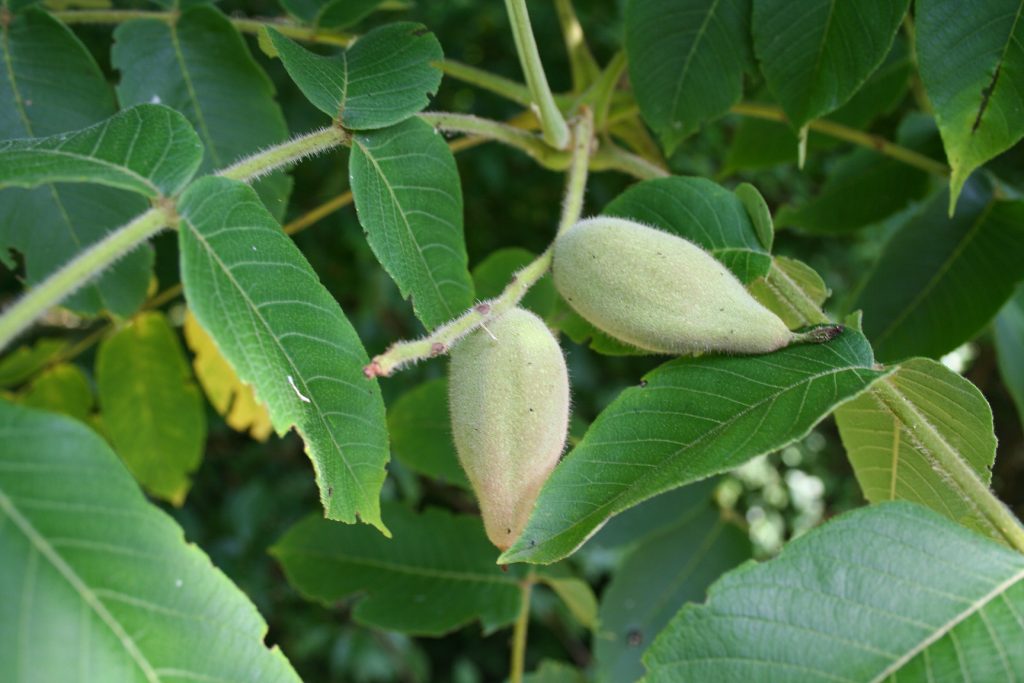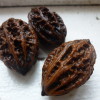Manchurian walnut: planting and care features
Content
Description
The homeland of this tree is the Far East, the Korean Peninsula and North China. The Dumbay nut is from the same genus as the well-known walnut. But this type of plant is more resistant to cold, frost and the negative effects of external climatic factors.
In order to grow a nut, a large area is required, since the plant has a powerful root system. It can reach a height of 27 meters. This is a real long-liver, he lives for about 200 years.
The first harvest pleases already 5-10 years after planting and bears fruit once every 2-3 years. The plant has wide, beautiful leaves about 50 cm long. Manchurian walnut secretes biologically active substances that help protect against pests. The tree blooms in late spring or early summer.
The tree has a considerable number of useful properties:
- by capturing dirt, dust and acetylene from the air, it helps to purify the atmosphere. Thanks to the release of a natural antiseptic, it helps to disinfect the environment;
- has excellent antimicrobial, antifungal, antiseptic capabilities;
- contains more than 55% oil. Has a very rich composition;
- used in medical practice to eliminate problems with the digestive system, rickets and exudative diathesis;
- has good taste and nutritional characteristics.
Video "Description"
From the video you will learn a lot about the Manchu nut.
Seed propagation
You can propagate the Manchu nut by seed, but the problem is that the new plant does not always retain the primary characteristics of the parent. For this type of propagation, nut seeds are used 1-2 years ago.
Seeds are sown in autumn or spring. In order to do without stratification, it is best to resort to winter planting of fruits. In this case, seeds sprout faster than when planting in spring.
The site must be fertile and well-drained. Necessarily need regular, thorough watering and a formed bed.
On acidic soils, the future tree does not take root, therefore, 2-3 glasses of wood ash should be added per 1 square meter, and the depth is 10-15 cm.The holes are placed at a distance of 8-10 cm from each other and 6-8 cm deep. The nuts are preliminarily wiped with kerosene to protect them from rodents and placed on the edge in the hole. Then the hole is covered with earth, mulched from above with any material that will help keep moisture.
Sprouted seeds can be immediately moved to their permanent "residence". In this case, the main thing is to pinch the central taproot. But you can also transplant to a permanent place after a year, having previously shortened the main root in the center. This is done so that the tree grows faster.
Landing
The best time for permanent disembarkation is April or September. The soil should be sufficiently moist and fertile. The bed should be dug up, loosened and wood ash should be added.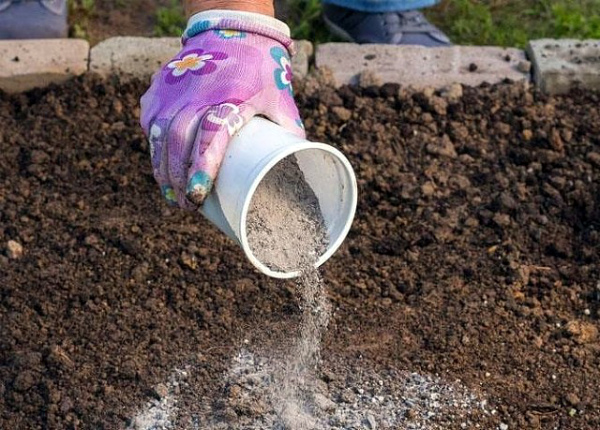
It should be remembered that the plant, when it grows, takes up a lot of space and when choosing a planting site, it is necessary to maintain the required distance to other plants.
The plant is best planted on the north side. Manchurian nut planting has several features:
- When marking holes, it is necessary to maintain a distance of about 10 centimeters;
- Manchurian walnut seedlings are planted in a hole of 80 centimeters and with drainage (stone, crushed stone, broken brick). A mixture of soil, humus, sand and turf is laid out on the drainage. A seedling is inserted into the hole itself and fixed with a peg, sprinkled with earth 4/5 of the height. After this, abundant watering is carried out. The soil is pressed around, and a large amount of sawdust or peat is laid out on top. This is done in order to protect the seedlings from cold and severe frost.
- When planting with seeds, the nut is placed on the edge in a hole and covered with earth, covered with straw or sawdust on top.
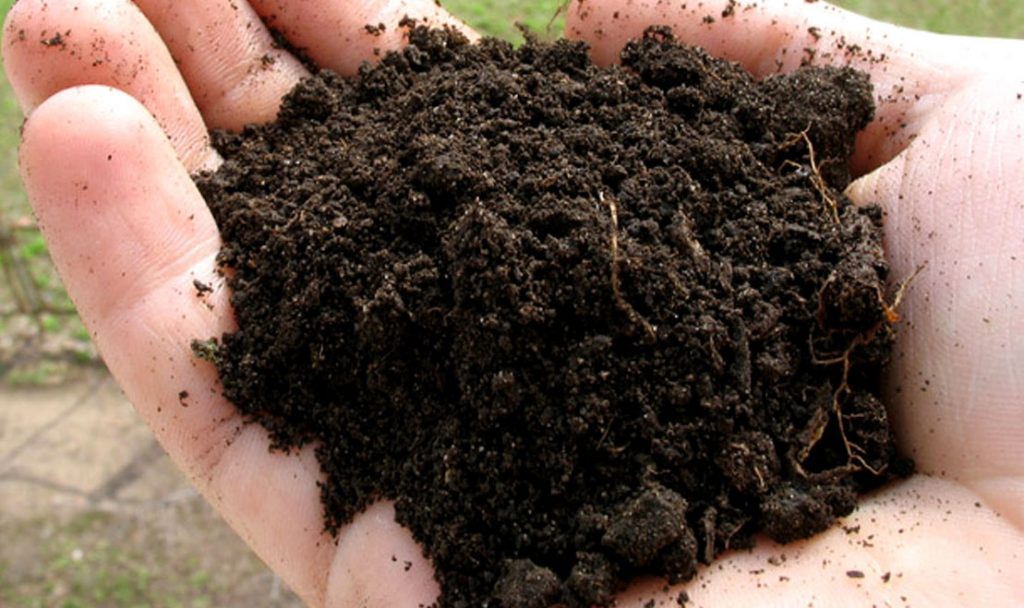
When transplanting a nut, you need regular and abundant watering. In dry weather, it can be sprayed with a hose.
In order for the seedlings to grow well, the roots are pruned.
Walnut care
Manchurian walnut, both during planting and in care, has several features:
The plant needs to be watered frequently, because it loves moist soil. With normal rainfall, the procedure is carried out about 5 times per season. When watering seedlings that are 2-3 years old - seven or eight times per season. If the year is dry, then about 20 liters are used.
Weeds are removed regularly and the soil is loosened to avoid stagnant water. The land is mulched to protect it from rapid overgrowth with weeds.
After the growing season, watering is carried out less often. Thus, the nut is prepared for wintering. It is resistant to subzero temperatures, and if it is frozen, it quickly departs and begins to bear fruit.
If it happens that the tree is damaged by fire, then the trunk is cut off and a stump is left. They process the circles at the trunk, loosen, mulch. After that, new shoots appear at the base of the stump.
In order to hide the leaves from the aggressive effects of sunlight, pine, fir, and spruce are planted nearby. And to preserve the trunk from the south, place an irga or viburnum.
A seedling is covered with peat or sacking for up to three years, and at the end of summer, it is fed either with ash or superphosphate.
The Manchurian walnut generally does not require much assistance in shaping, it does an excellent job of it on its own. The best time to prune is when the buds have already opened. After that, this procedure is no longer carried out until the second half of August, so as not to provoke the appearance of new kidneys, which will simply freeze out in winter.
Diseases and pests
It was mentioned above that the plant produces active biological substances that help protect itself from pest attacks. But it also happens that the tree is still sick. If blackened leaves are found, it should be treated with Fundazole or any medicinal product. Most likely, this is a fungal disease that has damaged some of the segments of the nut. The processing procedure is carried out 2 times with a break of 2 weeks.
Manchu walnut can be affected by gall mites and walnut mites. The first of the pests, the mite, waits out the cold season in the buds themselves, and lays eggs in them. Females fall into the leaves and tubercles are visible on them. In this case, the diseased tree should be treated with colloidal sulfur (100 grams per 10 liters of water) during bud break. In the middle of summer, you can spray with Fufanon (0.1%) every 10-12 days. Abamectin is considered a good remedy; it is neurotoxic for ticks. Branches that are badly damaged are cut and destroyed by burning.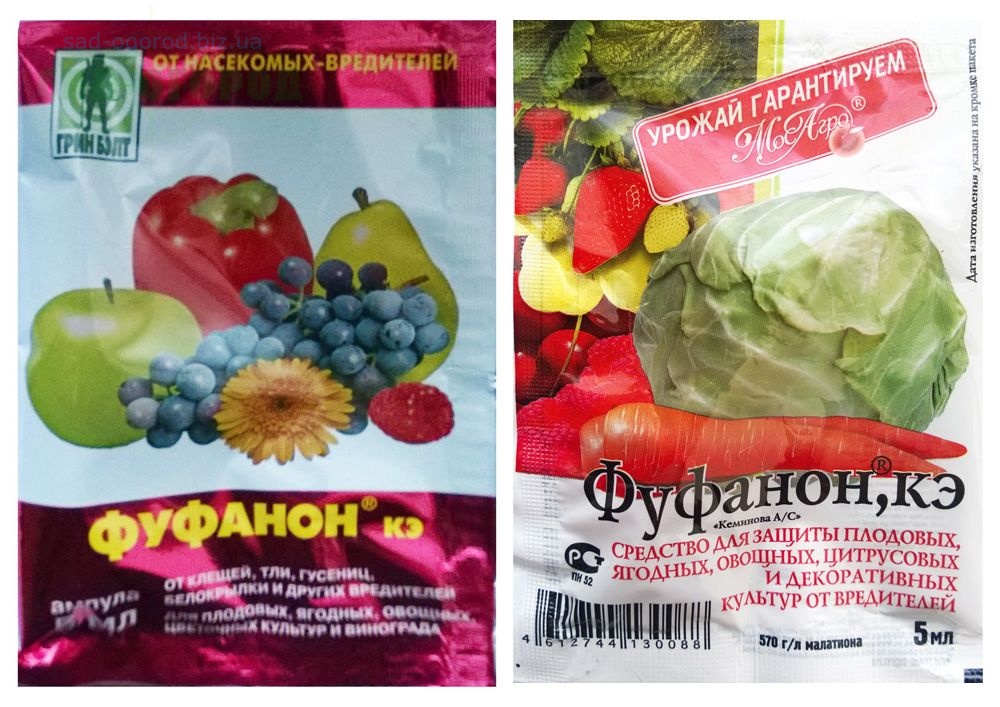
You should not treat the nut with drugs that contain pesticides, this can poison the tree and make it poisonous.
The second main pest for this tree is walnut.It has wings and damages the bark of shoots, leaves, flowers, creates galls in them. The most gentle method of dealing with it is simply to destroy the affected branches. When adult insects appear, the tree is sprayed with a solution of chlarophos or karbofos (90 g per 10 liters of water).
Harvesting
There is a hard shell under the green shell and a nut is placed in it. Its appearance resembles a walnut.
Nuts begin to ripen in the fall, namely in September. The shell that covers the shell starts to turn brown. This indicates a willingness to harvest.
The tree brings a bountiful harvest every two years, and actively bear fruit upon reaching the age of 8.
One plant produces about 80 kilograms of nuts per season.
Application
Nut juice contains magnesium and potassium and tastes good. Although it does not have a healing effect, it is remarkably invigorating and refreshing.
Lovers of homeopathy and traditional medicine successfully use the leaves and green shell, as well as unripe fruits to improve the general condition, as an antimicrobial and antibacterial agent.
The tincture has a good diuretic effect, promotes vasodilation, has an anthelmintic effect. Actively helps to relieve spasms, mild pain and stop bleeding.
In China, they claim that the extract from this nut variety also helps to destroy cancer cells.
Fresh leaves accelerate wound healing. To do this, the sheets are kneaded to obtain juice and applied to the damaged area of the skin and bandaged.
You can make jam from milk nuts; for this, the harvest begins to be harvested in July.
Thus, this type of nut does not require a lot of time and effort, but it can be useful and beautify the garden plot.
Video "Growing"
From the video you will learn how to grow a nut in your garden.

